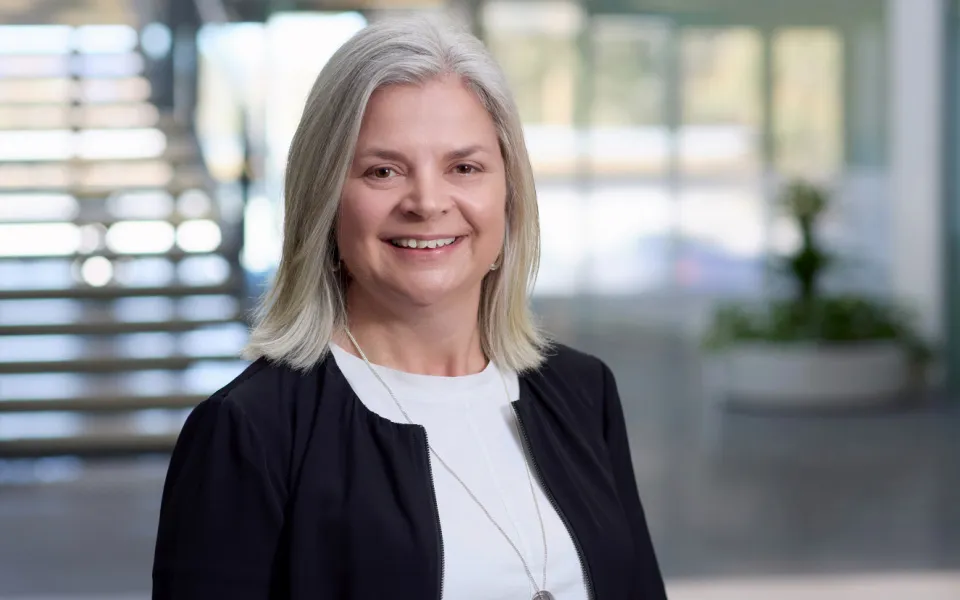
Virtual care in the field: Scaling telemedicine for Defence health operations

In high-risk environments, getting healthcare to the right person at the right time can mean the difference between life and death. Telemedicine offers a way forward, but only if it's operationalised with intent, rigour and agility.
“At Aspen Medical, we’ve led deployments across some of the world’s most complex and dynamic environments. Through this experience, we’ve built and refined a virtual care model that doesn't just replicate in-person care but reimagines it for operational contexts,” said Aspen Medical’s Chief Medical Officer Dr Katrina Sanders.
The Defence sector is under increasing pressure to build resilient, scalable health responses that can keep pace with fast-moving situations. Virtual care, when deployed strategically, is one of the strongest tools in that arsenal.
Why virtual care must be field-ready
Telemedicine is not new. But applying it in high-risk Defence operations requires more than patching in a video link. It means building an ecosystem of support that can flex and function even when power, connectivity or safety are compromised.
Our approach is built on three principles: health led, tech enabled, and governance driven. This ensures the integrity of clinical care while scaling fast enough to meet operational demand.
At the core is workforce readiness. We prioritise psychological screening, cultural competency and cognitive load management to prepare our virtual clinicians for prolonged, high-pressure delivery. These aren’t optional extras – they’re frontline essentials.
From patient triage to specialist escalation
Aspen Medical’s virtual care model covers the full spectrum – from nurse-led triage to escalation to FACEMs and other non-GP specialists. This allows us to match care to acuity, avoiding unnecessary evacuations while ensuring rapid intervention when needed.
In the first six months of this year, we saw a reduction of over 80% in aeromedical evacuations on Lihir in Papua New Guinea’s New Ireland Province versus the same period in 2023. For Defence leaders, that means fewer unnecessary CASEVACs, better operational readiness and stronger local capability.
Our digital health solutions are supported by structured case reviews, clinician audits, real-time monitoring and shared clinical protocols. These underpin safety, while our communities of practice ensure continuous learning, even in remote contexts.
Strengthening clinical governance in unstable environments
One of the most overlooked aspects of telemedicine in Defence contexts is governance. In our experience, it must be as robust – if not more so – than in traditional settings. Virtual debriefs, peer reviews and check-ins aren’t just about quality assurance, they’re about supporting clinician safety and workforce sustainability.
Our model also draws from national and international standards including RACGP, Australian Digital Health Agency frameworks, and WHO emergency digital health guidelines. These provide a backbone, but we know that local conditions demand adaptation. Our governance structure is flexible, yet firm – able to bend without breaking.
Protecting patient data in contested environments
In Ukraine and other crisis zones, we’ve seen first-hand the risks of delivering care through unsecured channels. From hackers to intercepted signals, patient safety now includes digital threats.
That’s why cybersecurity is front and centre. We use encrypted platforms, limit high-risk data transfer and deploy strict information governance protocols. Every lesson learned in the field strengthens our system – and that resilience transfers directly into Defence operations.
Scaling rapidly, deploying responsibly
The environments where virtual care matters most are also where it’s hardest to deploy. From sudden onset emergencies to long-term humanitarian operations, we’ve faced the challenge of standing up digital health systems fast – without compromising safety.
Speed matters. But so does structure. We’ve developed a deployment framework that includes:
- workforce selection and onboarding using tiered competency frameworks
- mental health and wellbeing protocols for clinicians, including mandatory check-ins
- clinical escalation pathways linked to national and international specialist support
- real-time data insight to inform leadership decisions, track trends and optimise care delivery.
For Defence, this means a virtual health capability that is both nimble and disciplined. One that supports deployed forces, strengthens host nation healthcare systems and meets the highest standards of clinical governance.
Ready for what comes next
As threats evolve and missions become more complex, the need for agile, tech-enabled health solutions will only increase. But technology alone won’t deliver care. It’s the people, the governance and the systems around them that make it safe, scalable and effective.
“At Aspen Medical, we’re not just using virtual care – we’re shaping what it looks like in the most demanding environments on earth, said Dr Sanders.
“For Defence, this is more than innovation. It’s operational necessity. The question isn’t whether to adopt telemedicine. It’s how to do it safely, securely and at speed.”
And we’re ready.

